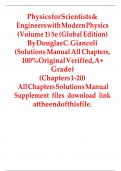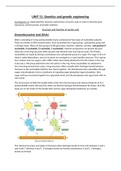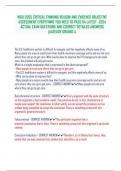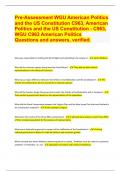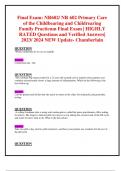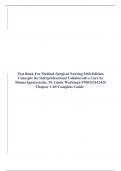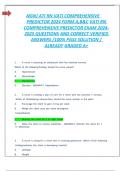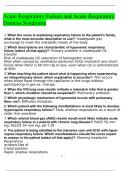Exam (elaborations)
Physics for Scientists & Engineers with Modern Physics (Volume 1) 5e (Global Edition) By Douglas C. Giancoli (Solutions Manual All Chapters, 100% Original Verified, A+ Grade) (Chapters 1-20)
Physics for Scientists & Engineers with Modern Physics (Volume 1) 5e (Global Edition) By Douglas C. Giancoli (Solutions Manual All Chapters, 100% Original Verified, A+ Grade) (Chapters 1-20)
[Show more]
